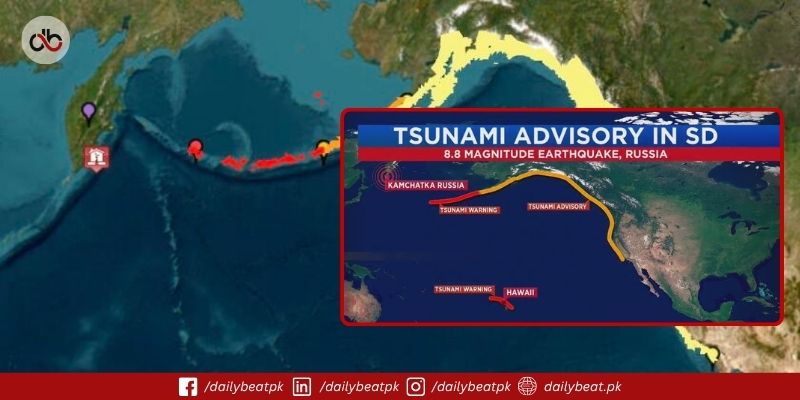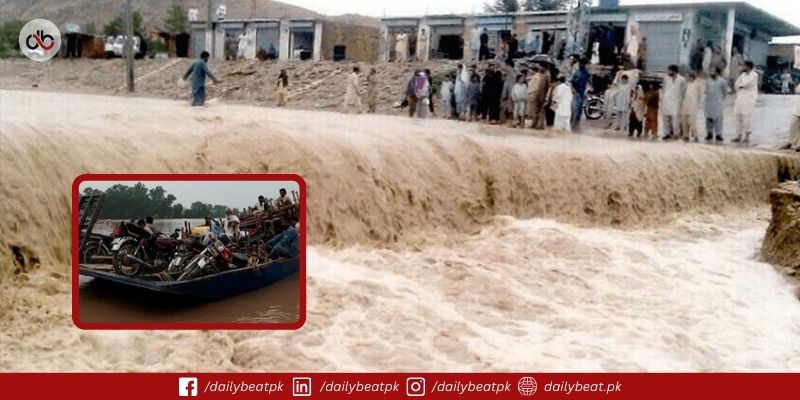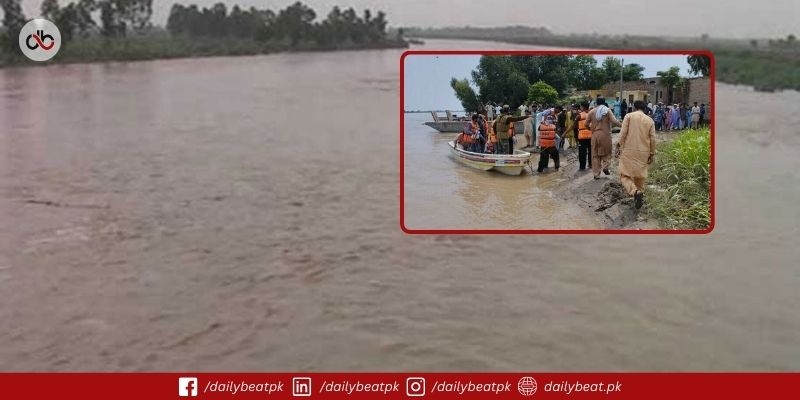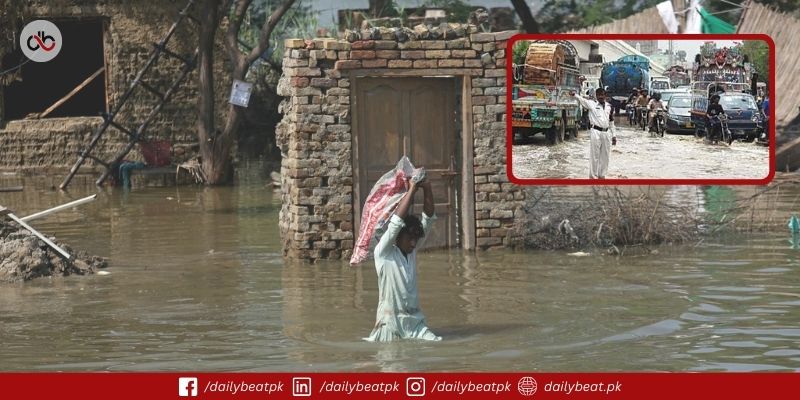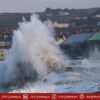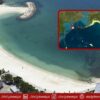CALIFORNIA, July 30, 2025, A powerful 8.8-magnitude earthquake near Russia’s Kamchatka Peninsula has triggered a tsunami warning California advisory. Authorities are urging coastal communities to remain alert as waves may reach parts of the state’s shoreline between late Tuesday night and early Wednesday morning.
The U.S. National Weather Service (NWS) initially issued a tsunami watch, which has now been upgraded to an advisory for the entire California coastline. This alert follows the detection of seismic activity that has the potential to generate tsunami waves capable of affecting North American shores.
Estimated Wave Arrival Times
According to forecasts, the first waves are expected to reach Fort Bragg by 11:50 p.m. PDT on July 29. Wave activity may then extend southward, impacting areas including:
- Crescent City – 11:55 p.m.
- Monterey – 12:15 a.m.
- San Francisco – 12:40 a.m.
- Santa Barbara – 12:50 a.m.
- Los Angeles Harbor – 1:05 a.m.
- Oceanside and La Jolla – 1:15 a.m.
Although California is located thousands of miles from the earthquake’s epicenter, the sheer force of the Russia earthquake allows energy to move rapidly across the Pacific Ocean.
What the Advisory Means
A tsunami advisory is issued when there is a potential for strong currents and dangerous waves near the coast. Unlike a full tsunami warning, an advisory does not indicate widespread flooding is certain, but caution is still necessary. The situation may still evolve, depending on further data from tsunami monitoring systems.
What to Expect
Officials report that wave heights in Los Angeles are expected to be under one foot. In Port San Luis, the waves may reach up to 3.2 feet, while Santa Barbara could see waves between 0.9 and 1.7 feet. Even these relatively modest levels can result in powerful surges and hazardous conditions, especially around harbors, marinas, and low-lying beach areas.
Experts also warn that tsunamis often arrive in multiple waves, and the first may not be the strongest. Activity could last 10 to 36 hours, with unpredictable lulls and peaks.
Safety Tips for Coastal Residents
Authorities advise residents and visitors to stay off the beaches and out of the water. The force of incoming waves can be deceptive and dangerous, even if they appear small.
Recommended precautions include:
- Move inland or to higher ground.
- Avoid harbors, docks, and coastal paths.
- Use tsunami warning map California tools to assess your location’s risk.
- Monitor updates from NOAA, NWS, or local officials.
- Do not go to the shoreline to watch the waves.
If evacuation becomes necessary, follow designated evacuation routes or head to the upper floors of reinforced buildings. Carry a flashlight, keep your phone charged, and avoid roads that may flood.
Broader Impact Across the Pacific
This alert is not limited to California. A tsunami warning Hawaii has also been issued. Other regions, including parts of Alaska and the Pacific Islands, are under advisory or watch status due to their proximity to the quake zone.
While no formal evacuations have been announced in California, officials stress the importance of vigilance and preparation. The situation remains fluid and is being monitored closely by tsunami warning centers across the region.
Final Advisory
If you are located along the California coast, remain alert and stay informed. While the waves may appear small, the risk they pose is real. Coastal flooding, strong surges, and repeated wave activity are possible throughout the night and into the next day.
Follow all official instructions and avoid unnecessary travel near the shore. Preparedness and caution can save lives.
To learn how Hawaii is bracing for even larger waves, read about the 10-foot tsunami threat after the Russia quake.


